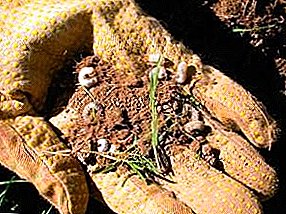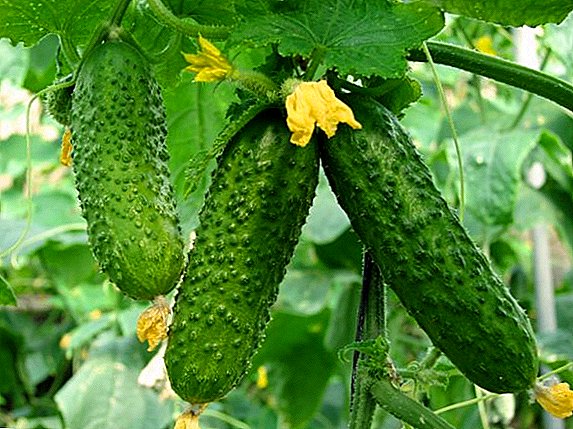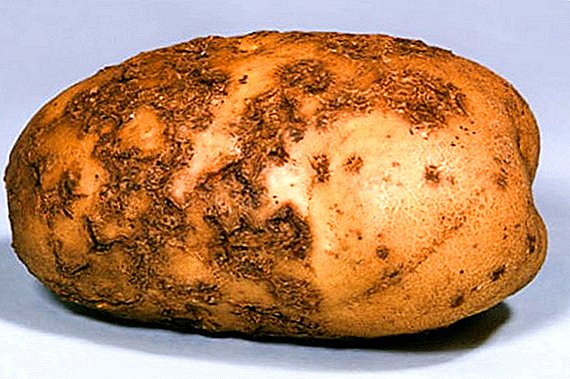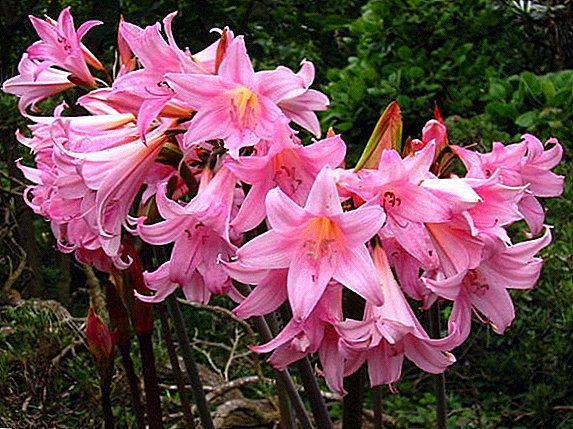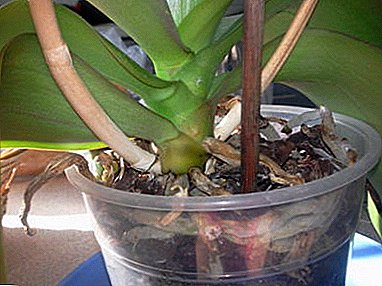
The orchid began to dry the stem - with this phenomenon, sooner or later most flower growers face. After all, everyone wants to replenish their collection with such a unique copy as phalaenopsis.
However, not all pay attention to the difficulties in care that they will face in the future. There are a large number of problems in the care of an orchid, and among them is the drying of the flower stalk or stem. In this case, first of all, it is necessary to find out what caused the drying.
Maybe the flower just began to grow old. However, the main reason is improper care for phalaenopsis. So, what to do if the orchid dries the stem?
Why does the trunk dry up?
As mentioned earlier, the causes of yellowing and drying of the peduncle can be divided into the natural process and consequences of improper care. Both cases have their own solution and flower treatment. Consider these reasons in more detail.
Natural process
Have the orchids turned yellow leaves? Do not be scared. The green mass loses its brightness after 3-4 years. The stem can also turn yellow or start to dry.
Such a nuisance may also indicate the age of the flower. When the orchid blooms for a long time, and after it fades, the stem can remain green and prepare for a new flowering phase, or yellow and dry.
 To cut it off in this case or not is a purely personal matter. But we can not ignore the fact that sometimes the stem dries from the crown half. This means that another lateral peduncle may be formed.
To cut it off in this case or not is a purely personal matter. But we can not ignore the fact that sometimes the stem dries from the crown half. This means that another lateral peduncle may be formed.
If the owner wants the plant to please its flowering, you must leave and do not cut the peduncle. If the florist prefers to preserve the decorative shape of the flower, it is recommended to trim the dried branch.
Next, a visual video about pruning a dry orchid stem:
Consequences of improper care
Yellowing and drying the Phalaenopsis stem is one of the most popular problems. But do not be disappointed. First you need to identify the cause of yellowing in the future to try to get rid of it.
The most common reasons for improper care include:
- Excess moisture. In no case can not flood the plant with water. Otherwise, irreversible consequences may occur: rotting of the roots, death of the plant.
- Lack of moisture. Orchid water is necessary, but in reasonable quantities, so that the flower does not drown or, on the contrary, does not dry out.
- Excessive lighting. You can not put the flower in direct sunlight. This may cause leaf burns and yellowing of the flower stalk. It is necessary to properly provide coverage of the plant. Orchids love diffused light.
- Chemical burns. Improper use of feed and fertilizer.
- Fungus and other parasites of the root system. The solution to this problem will be transplanting plants in another pot.
Important! It is necessary to take into account all the subtleties of caring for an orchid in order to prevent its death. Finding any problem, you need to immediately begin to fix it. If time does not begin treatment, it can lead to the complete death of the flower.
Treatment
- If the problem of drying is the wrong care of the plant, it is necessary to establish appropriate conditions for complete comfort.
- In case of overheating in the sun, it is necessary to move the pot from the plant to a cool darkened room. Insulation time must not exceed more than four hours. After the time has expired, the orchid bowl must be exposed to light, but not under direct sunlight.
 The flower dries and at the slightest touch walks with a shake in a pot - this is a symptom of the banal lack of moisture. To eliminate this problem, it is necessary to place the pot with the plant in a basin with warm water for one hour.
The flower dries and at the slightest touch walks with a shake in a pot - this is a symptom of the banal lack of moisture. To eliminate this problem, it is necessary to place the pot with the plant in a basin with warm water for one hour.- There are cases of mechanical damage to the roots. To restore the health of the flower in this case is very difficult. It requires full root therapy:
- Carefully remove the flower from the pot.
- Inspect the root system for rotting and drying.
- Removal of the affected areas with a sharp object.
- Treat fresh cut with crushed activated charcoal, cinnamon or wood ash.
- Change the substrate in the bowl by placing an orchid there.
You can not get involved in a lot of fertilizers and mineral additives. It can badly affect the leaves and stem of the plant. In case of neglect of this rule, it is necessary to carefully rinse all the roots of a flower under running water and inspect them for damage.
Next, a visual video about orchid treatment:
Prevention
In order to avoid drying up of the peduncle and orchid stem, it is necessary to constantly carry out simple maintenance work.
Here are some basic rules for the care of this capricious plant:
- You can not put the flower in direct sunlight. Lighting should be diffused. It is better to place the orchid on the east or west side. A lack or excess of light can result in yellowing of the stem and leaves. In winter, artificial light can be used.
- Air humidity The room should vary between 65 - 75%. In the summer you can not forget about spraying plants 3 times a day. In winter, do not leave a draft.
- Room temperaturewhere the plant lives, it is necessary to maintain from +18 to +27 degrees.
- Watering - This is one of the most important criteria in the care of an orchid. This capricious plant will tolerate drought, but will not survive excessive watering. Signs of excess fluid: yellow leaves and stem, rotting root system.
Attention! Watering an orchid is only necessary with soft water: boiled or rainwater. In no event it is impossible to water a flower with cold tap water.
Summing up, we can say that acquiring such a flower as an orchid, you need to familiarize yourself with all the vagaries of its care. Here you will not manage with one watering once a week. This flower requires proper attention.


 The flower dries and at the slightest touch walks with a shake in a pot - this is a symptom of the banal lack of moisture. To eliminate this problem, it is necessary to place the pot with the plant in a basin with warm water for one hour.
The flower dries and at the slightest touch walks with a shake in a pot - this is a symptom of the banal lack of moisture. To eliminate this problem, it is necessary to place the pot with the plant in a basin with warm water for one hour.
